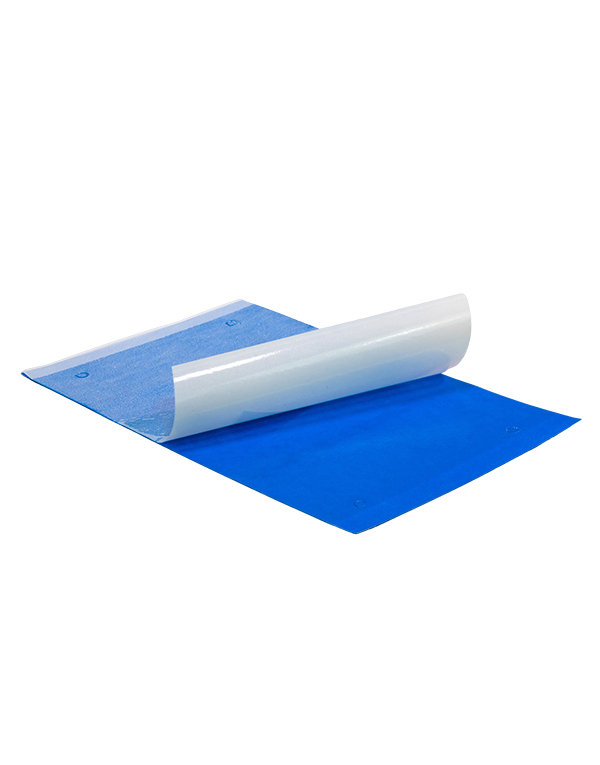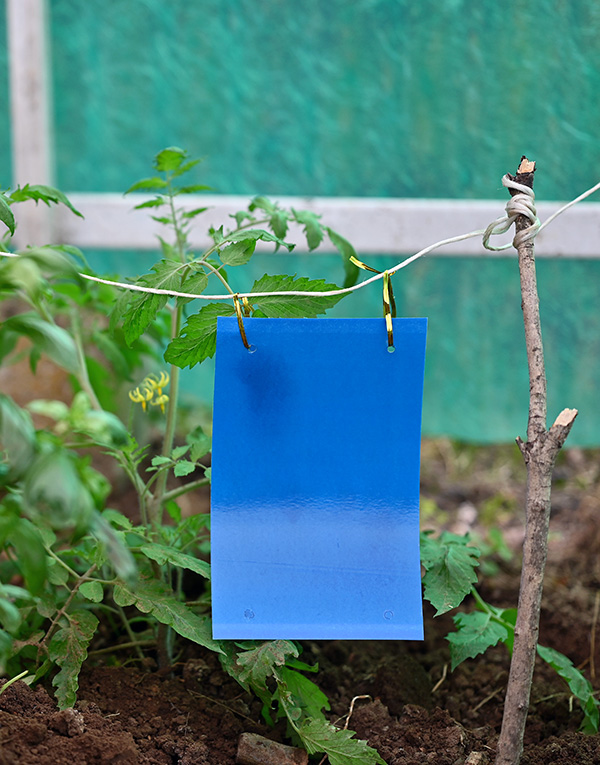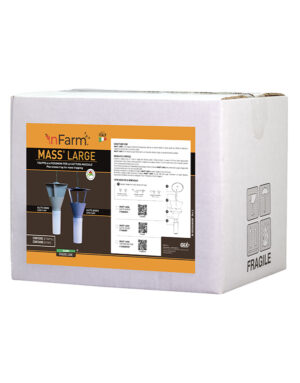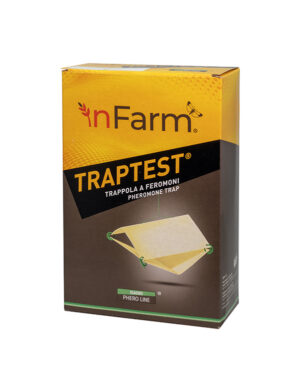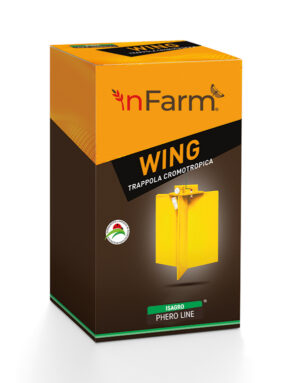BLUTRAP®
Blue colored chromotropic trap designed to monitor and mass-trap thrips.
| Target pest | Diptera tripetidae, thrips |
|---|---|
| Culture | Fruit and wine growing, Herbaceous, industrial, ornamental |
| Monitoring period | May, June, July, August, September, October |
BLUTRAP® is the blue colored chromotropic trap to monitor and mass-trap thrips. The highly saturated blue colour is particularly suitable to enhance its effectiveness to thrips. In particolar, it attracts the Frankliniella Occidentalis (Western Greenhouse Thrips) an insect vector of the tomato virus that causes spotted wilt (TSWV, Tomato Spotted Wilt Virus). Water-repellent, resistant to rain and to foliar application of the most common agropharmaceuticals.
The high quality entomological glue is non-toxic and present on both sides. It’s UV-resistant, does not dry out and remains active for at least 4/5 weeks. Once applied, the board stays firmly in place, does no roll up and does not bend. Can be used in any type of greenhouse and in open field conditions.
Safe and non-toxic.
Usage tips
Use Blutrap® panels to monitor and mass trap thrips. Install approximately 10 Blutrap® panels per 100 m2 from pre-flowering. Place traps at the height of the flower stages or the top of the foliage. Modulate the quantity of panels to be used according to the pressure and quantity if the insects and the crop to be protected. Replace the panels when there’s about 70% of the surface covered by incests or when the glue loses its adhesive activity. Intensifying the number of traps alongside the perimeter of the field can promote the “barrier” effect, limiting the entry of new pests. Uses the ties available to secure the panels to the structure. Holes are provided in the four corners of the panels to facilitate the operation; attach Blutrap®panels correctly so that hey do not wobble and are more effective at catching insects.
Package contents
- 10 glued traps
- 20 ties per installation.
- Height 25,5 cm x Widht 16 cm. Each trap is enclosed between two protective envelopes
Related products
-
MASS® Large Without Pheromone – No Fins
-
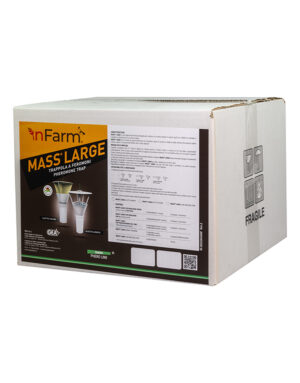 MASS® Large for Goat Moth and Owlet Moth, Cutworms or Anyworms.Anita Rubagotti21 June 202319 March 2024
MASS® Large for Goat Moth and Owlet Moth, Cutworms or Anyworms.Anita Rubagotti21 June 202319 March 2024MASS® Large for Goat Moth and Owlet Moth, Cutworms or Anyworms.
-
TRAPTEST®WITHOUT PHEROMONE
-
WING FOR WALNUT FLY

